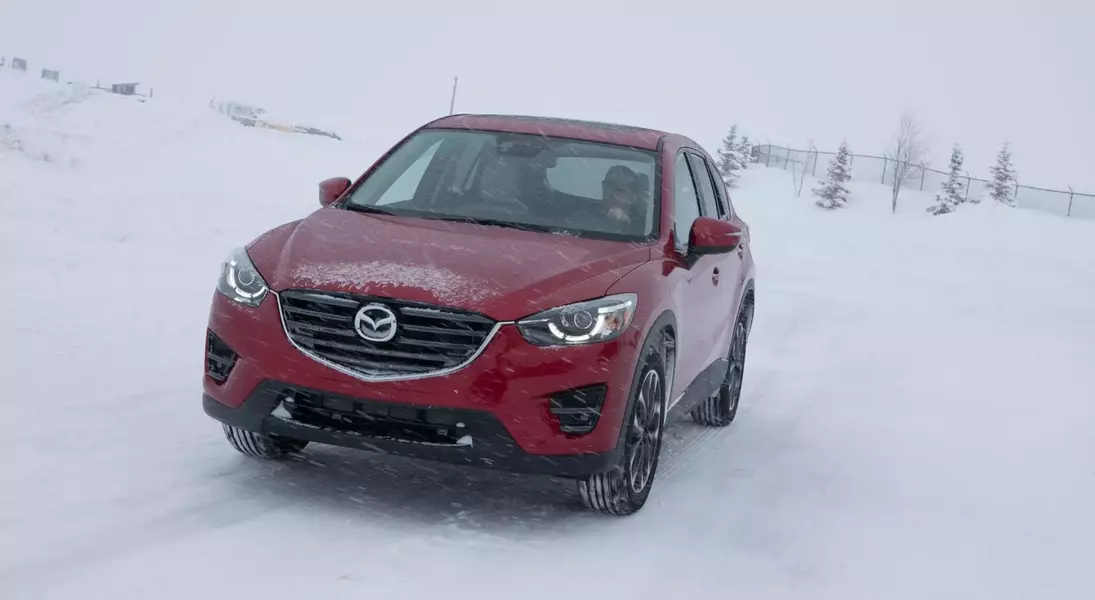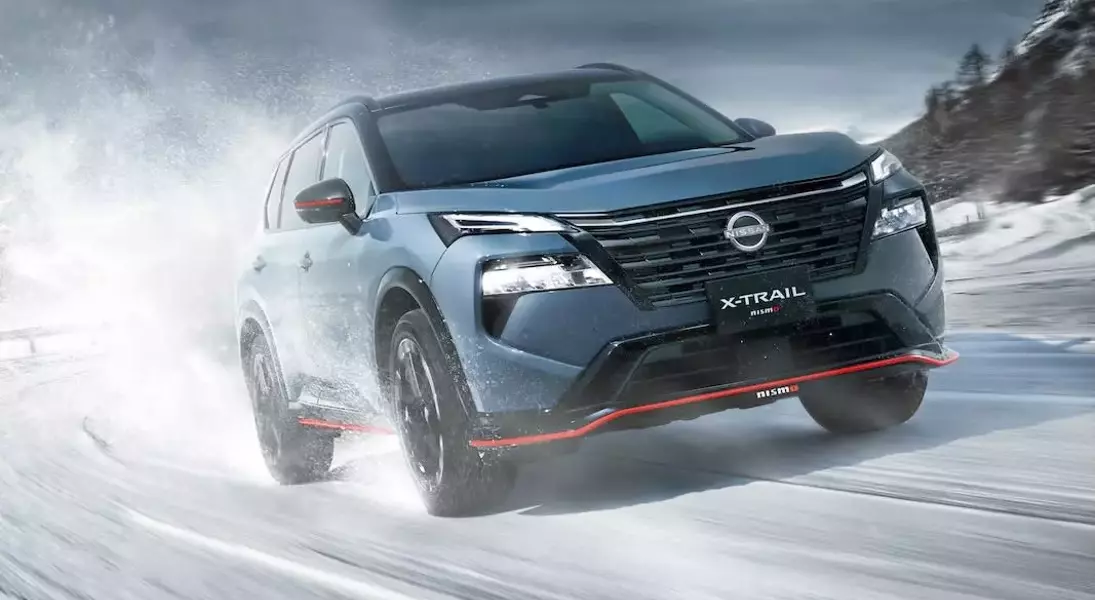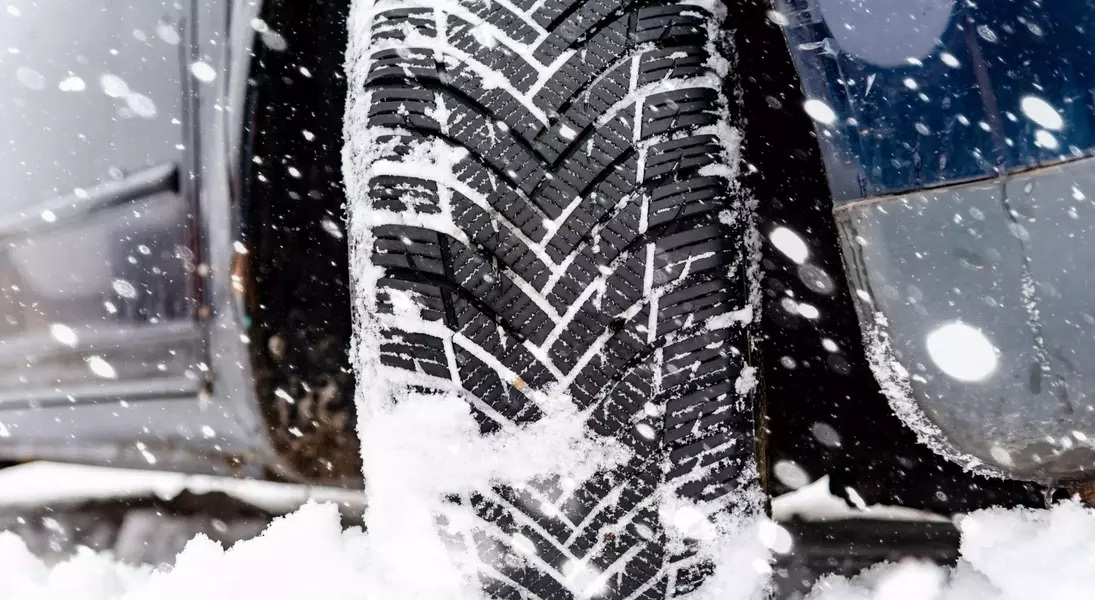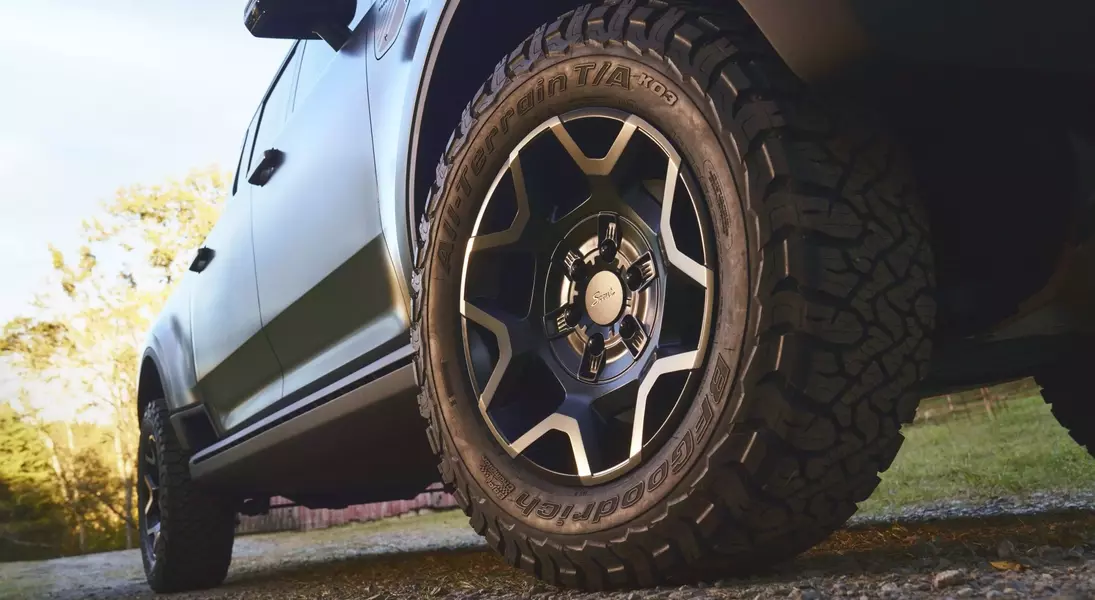







When preparing for the colder months, understanding the nuances of winter tires is crucial for ensuring vehicle safety and optimal performance. All-season tires, despite their name, are often insufficient for truly cold conditions; their rubber stiffens below 45°F, leading to reduced grip even on dry surfaces. Winter tires, conversely, are specifically formulated with rubber compounds that remain flexible in freezing temperatures, providing significantly better traction for braking, acceleration, and steering, making them a vital safety upgrade.
Choosing the right winter tire involves assessing your specific climate and driving needs. For areas with consistently severe cold, dedicated ice and snow tires with deep grooves and numerous sipes offer maximum grip. Drivers in less extreme winter conditions might find performance winter tires more suitable, as they balance high-speed stability with cold-weather performance. Additionally, a cost-effective and performance-enhancing strategy is to consider downsizing your tire size; narrower winter tires improve traction by cutting through snow and slush more effectively, and they are typically more affordable. It is also beneficial to acquire a second set of wheels for your winter tires, protecting your primary wheels from harsh road conditions and simplifying seasonal changes.
While all-weather tires present a compelling compromise, it's important to recognize their limitations. These tires bear the 3-Peak Mountain Snowflake (3PMSF) symbol, indicating a level of winter capability superior to standard all-season tires, yet they do not match the specialized performance of true winter tires in extreme snow or ice. They also tend to wear faster in warmer temperatures due to their softer composition. Therefore, for regions experiencing harsh winters, dedicated winter tires remain the preferred choice. Regardless of your selection, it's wise to purchase tires early in the season, ideally from late September to mid-October, to ensure availability and avoid potential shortages and higher prices as winter approaches. This proactive approach ensures you are prepared for winter driving with the safest and most suitable tire setup.
Embracing the right winter tires is a powerful step towards safeguarding your journeys during the chilliest parts of the year. This proactive measure not only enhances the physical safety of you and your passengers by providing superior control and reduced stopping distances but also instills a sense of confidence and peace of mind when navigating challenging winter roads. It underscores a commitment to preparedness and intelligent decision-making, ensuring that every drive is as secure and predictable as possible, thereby contributing to a safer community on the roads.
